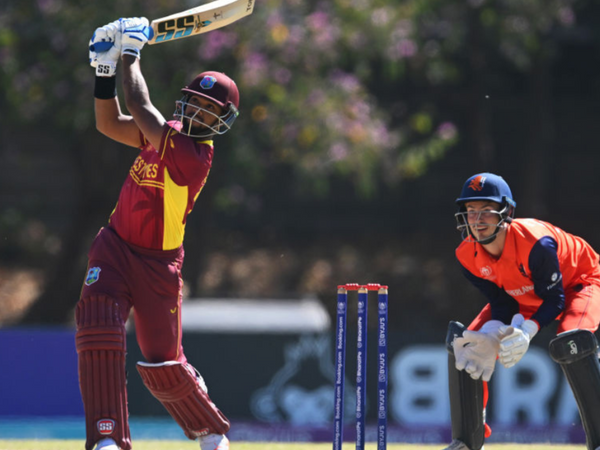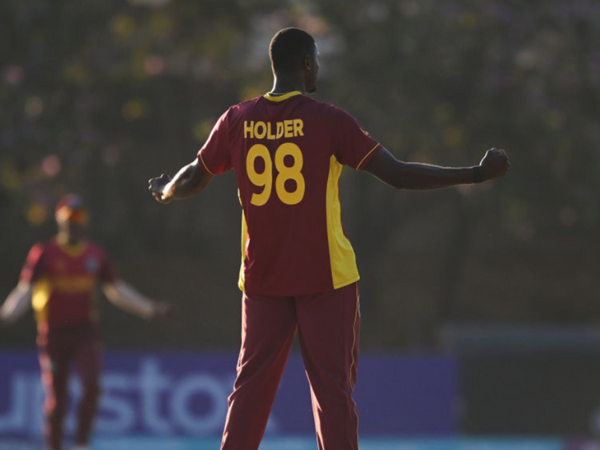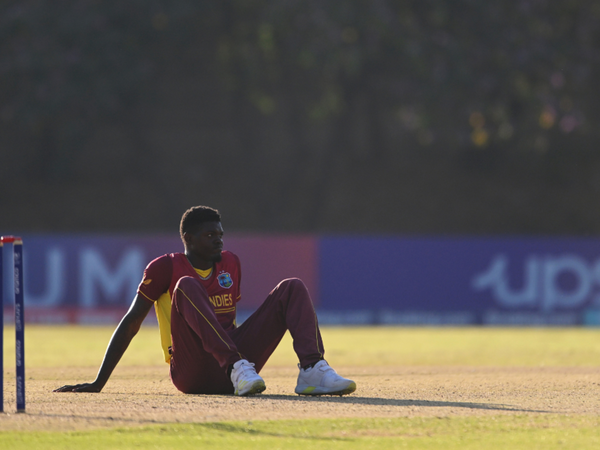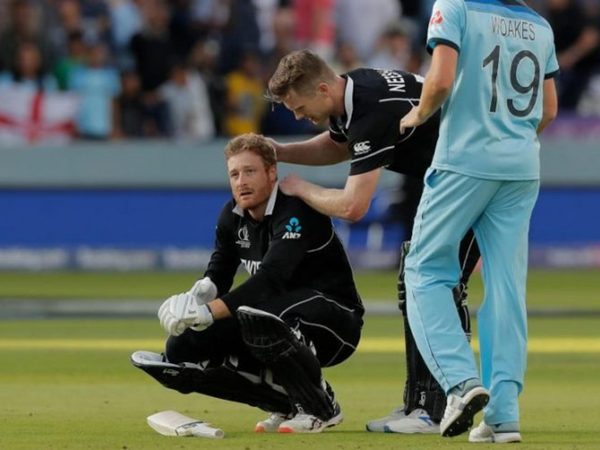
When you’re creating a best XI comprising players from Australia and Pakistan, it becomes clear that these are two teams with great batting flair and a powerful bowling attack.
Australia are heading into the game on the back of a loss to India – their first defeat in 11 ODIs – and will be keen to return to winning ways and prove why they are amongst the best in the tournament.
Pakistan picked up a huge win over England, but some of that momentum has been stalled after the rain-induced abandonment against Sri Lanka. Both teams will be in a scrap to pick up two more crucial points before the race for the semi-finals gets a lot tighter.
1. David Warner (Australia)
Despite having spent a whole year out of the side, David Warner is ranked just outside the top 10 ODI batsmen in the world, alongside team-mate Aaron Finch, and is undoubtedly one of the best. His recent form has been nothing short of outstanding. In the World Cup so far, Warner has hit 148 runs at an average of 74. His explosive batting style, and ability to pierce all areas of the ground, makes him fully deserving of a place at the top of the order.
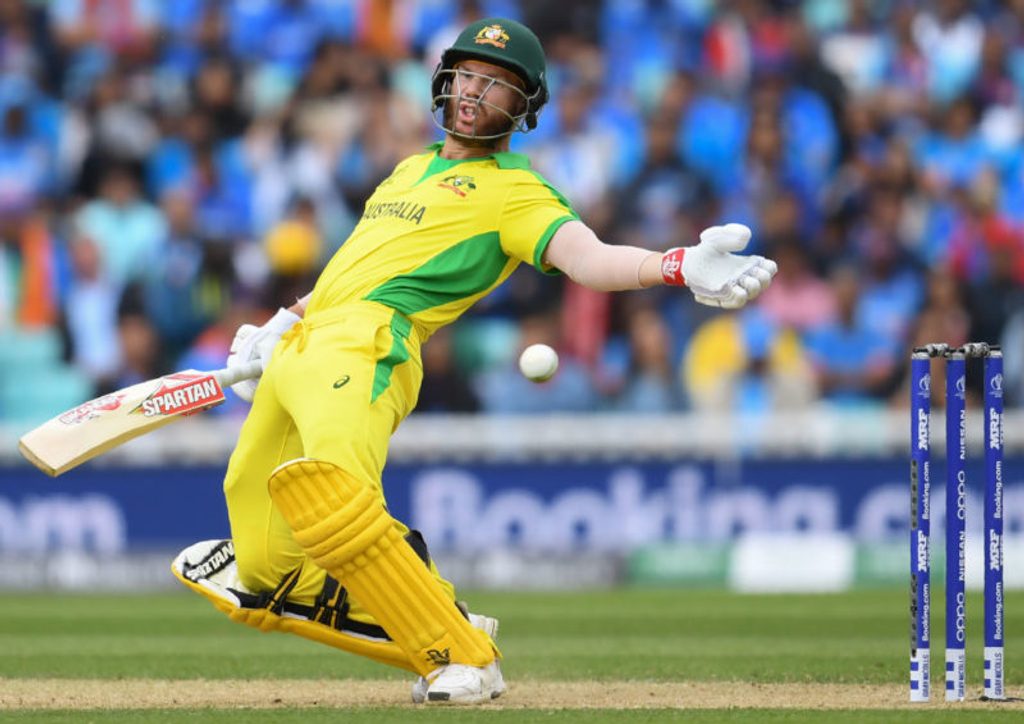 David Warner has managed good numbers despite his struggles against the short ball
David Warner has managed good numbers despite his struggles against the short ball
2. Imam-ul-Haq (Pakistan)
Although inconsistent at times, Imam-ul-Haq is a match-winner, as evidenced by his flamboyant strokeplay, and an ODI average of 57.32. In the recent ODI series against England that preceded the World Cup, Imam scored 234 runs, including a career-best 151, at an average of 117, making for one of the few bright spots as Pakistan were swept 4-0. He is also an excellent fielder and a strong character to have in the field.
3. Fakhar Zaman (Pakistan)
Zaman’s world ranking of 10 on the ICC ODI table goes a long way to demonstrate his importance to the Pakistan top order. He averages an even 50 in ODIs, and along with Babar Azam and Imam-ul-Haq, was one of Pakistan’s standout performers in the series against England, scoring an impressive 138 off 106 balls in the second ODI. He’s had a quiet start to the World Cup, scoring 22 against West Indies and 36 against England, and will be keen to push on and find that big score in the upcoming matches.
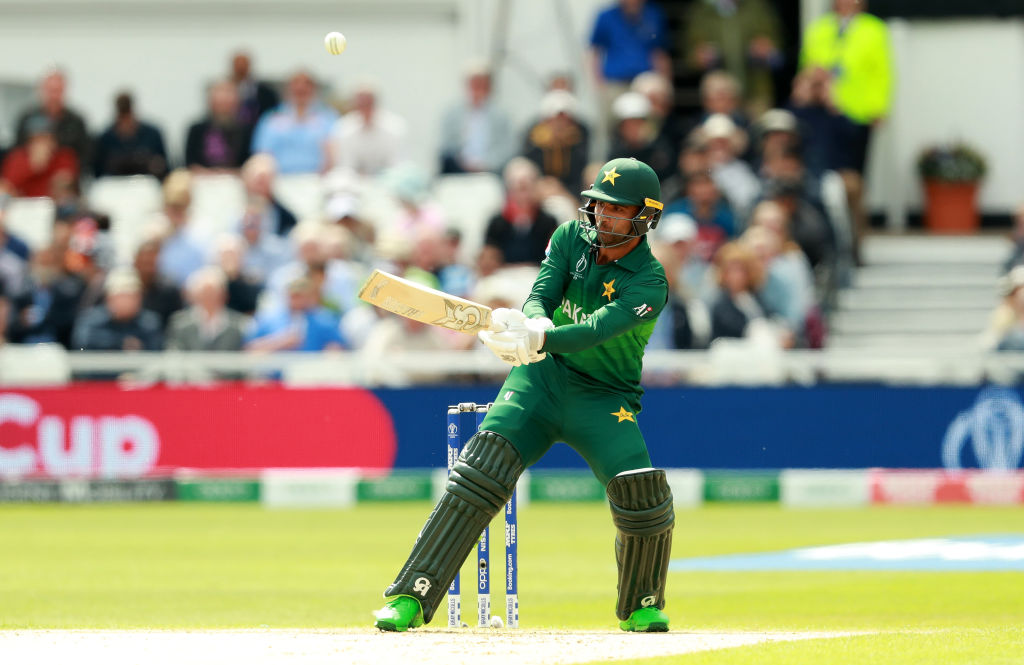 Fakhar Zaman is one of two Pakistan players to feature in the top ODI batsmen
Fakhar Zaman is one of two Pakistan players to feature in the top ODI batsmen
4. Babar Azam (Pakistan)
Another supremely talented batsman with an ODI batting average in excess of 50, Babar Azam is ranked eighth in the world, and it isn’t hard to see why he’s one of the best batsmen around in the modern-day game. A key quality of Babar’s batting is his consistency. In the England series before the World Cup, Babar hit two half-centuries and a century. It is performances such as these that have made Babar extremely critical to Pakistan’s ability to compete with the best sides in the world. Babar’s level-headed attitude, and discipline, will be essential to a successful World Cup campaign.
5. Steve Smith (Australia)
Like Warner, Smith spent a year out of the Australian side due to his involvement in last year’s ball-tampering incident in South Africa. Like Warner, Smith has returned to the Australia team in top form. Although he is no longer the captain, Smith brings valuable leadership skills to the team and has hit 73 and 69 in his last two World Cup matches. Smith also brings experience of big competitions and pressure situations, which will serve Australia well.
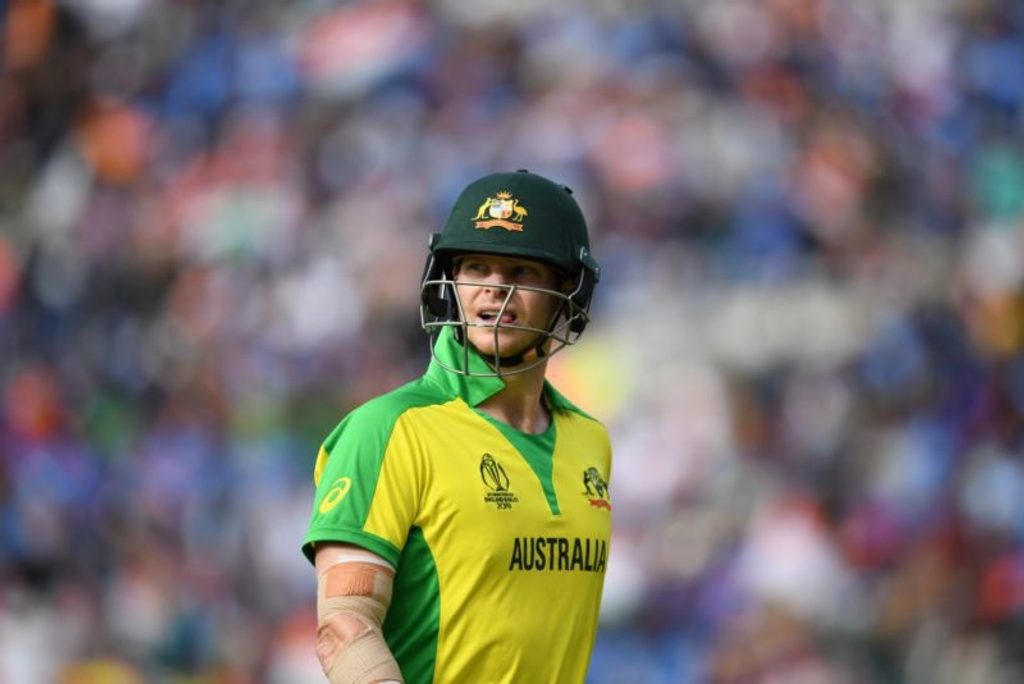 Steve Smith has picked up from where he left off since returning
Steve Smith has picked up from where he left off since returning
6. Sarfaraz Ahmed (Pakistan)
The Pakistan captain brings a vast amount of experience to the table, having represented his country on 108 occasions. One of his greatest qualities is his tactical awareness. Sarfaraz also brings past success in ICC tournaments, having led Pakistan during their memorable run to the Champions Trophy title in 2017. He has scored over 2000 runs in ODI cricket and averages 34.77. He was also instrumental in Pakistan shocking the tournament hosts England last week, scoring 55 quick runs and taking three catches in an outstanding win.
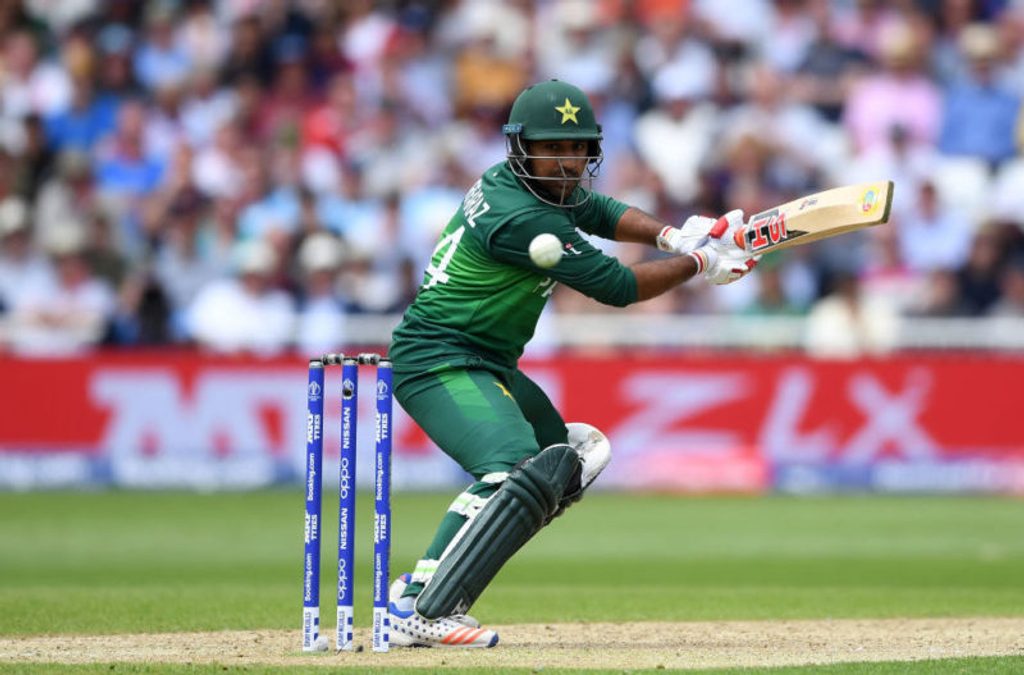 Sarfaraz Ahmed put behind his failure against West Indies with a vital 55 to help beat England
Sarfaraz Ahmed put behind his failure against West Indies with a vital 55 to help beat England
7. Nathan Coulter-Nile (Australia)
Coulter-Nile has already produced one of the standout moments of the World Cup with his brutal 60-ball 92 against West Indies. It is the highest score by a No. 8 batsman in World Cup history. He has, however, not been as impressive with his fast bowling, his primary role in the team, with just one wicket so far in the tournament. He has also conceded runs at over six an over and will be keen to push on and make a greater impact as the tournament progresses.
8. Pat Cummins (Australia)
Ranked No. 6 in the world, Cummins has been an absolute workhorse for Australia over the last couple of years. With over 50 one-day caps, Cummins is an experienced bowler, who spearheads the bowling attack alongside Mitchell Starc. Cummins can bend his back tirelessly and bowl at a high level for hours at a stretch, making him the MVP of Australia’s attack. He also has the ability to keep the run rate to a minimum whilst taking wickets at key moments in the match. Cummins is fast approaching 100 ODI wickets and is one of the players to look out for in the tournament.
9. Mitchell Starc (Australia)
Starc is Australia’s leading bowler, and the Player of the Tournament when they lifted the trophy in 2015. It was due recognition for 22 wickets at a staggering average of 10.18. Starc is at times unplayable due to his pace, and his height makes him a more terrifying prospect. His go-to delivery is the in-swinger, which more often than not brings him valuable wickets. In Australia’s second match of the World Cup, against West Indies, Starc took 5/46 to fire his team to a hard-earned victory. He has, however, been superb throughout his career, bagging 152 wickets in 78 ODIs, at an average of just over 21 and an economy rate of 4.98.
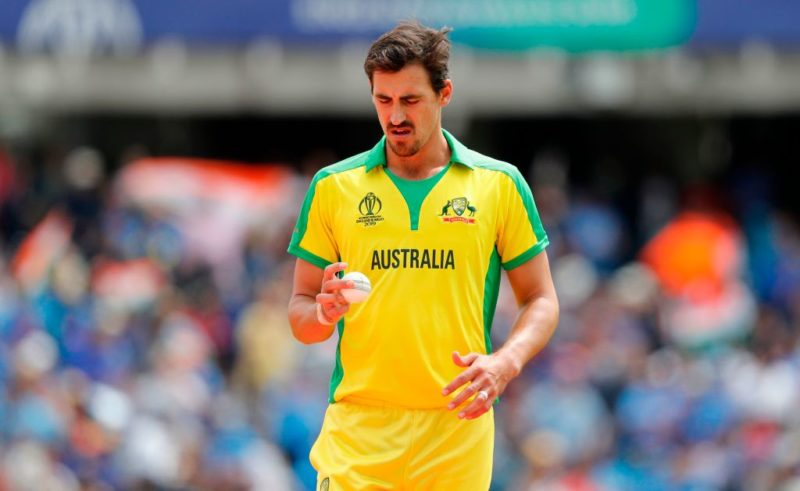 Mitchell Starc had a rare off day against India
Mitchell Starc had a rare off day against India
10. Shadab Khan (Pakistan)
The legspinner brings a vast amount of skill to the Pakistan attack. He has an excellent ability to take wickets at key moments in the match and also maintain a low economy rate. In his 36 ODIs, he has taken 49 wickets and maintained an economy rate of 4.86. He was one of the lynchpins of Pakistan’s win against England earlier in the World Cup, taking the key wickets of the in-form Jason Roy and Joe Root.
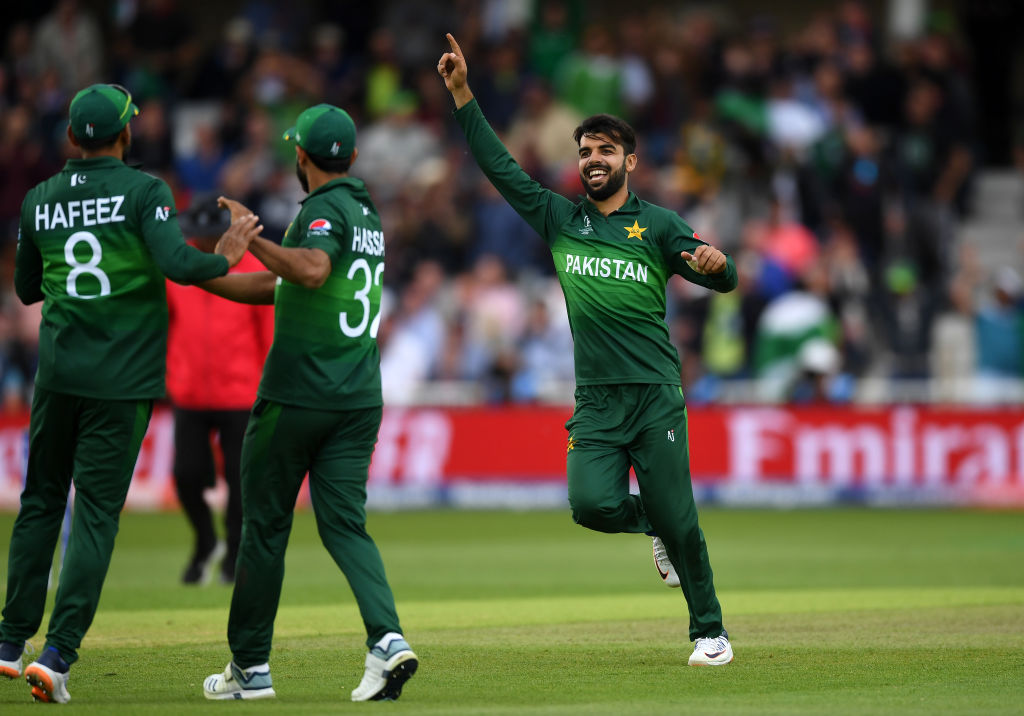 Shadab Khan exults after dismissing Joe Root
Shadab Khan exults after dismissing Joe Root
11. Adam Zampa (Australia)
Adam Zampa has established himself as Australia’s frontline spinner, ahead of the experienced Nathan Lyon. Zampa brings good variation to the Australian attack, with subtle changes of pace and a very effective wrong’un. However, he has been inconsistent with his line and length so far, especially against India, where he bowled several full tosses. Despite this, he remains an important member of the team as they hunt for a sixth World Cup title.

